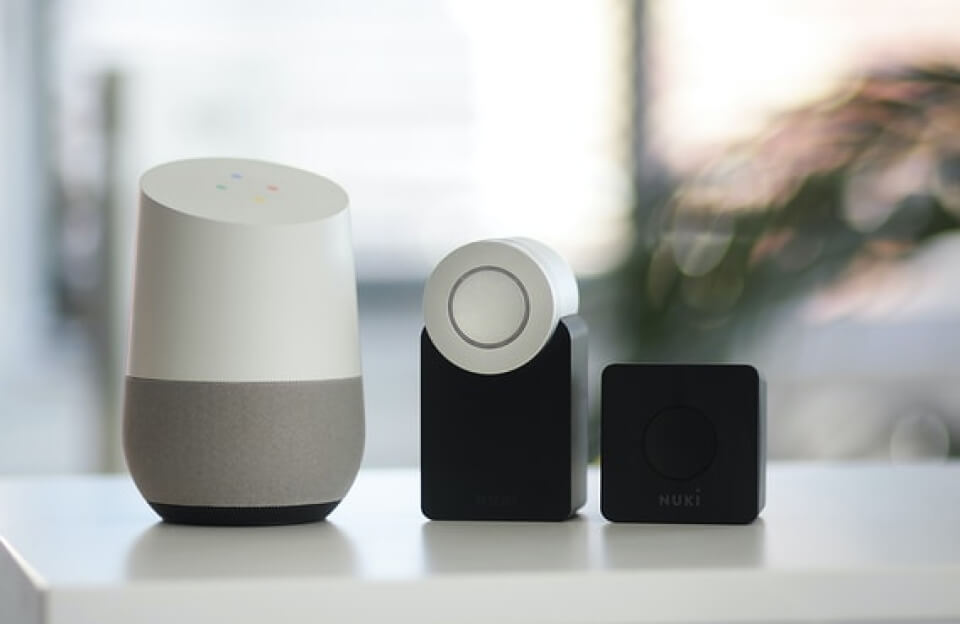You’re curled up on the couch, your smart home humming along—thermostat set to a cozy 72°F, lights dimmed just right, and your baby monitor streaming a peaceful feed of your sleeping kiddo. Then, out of nowhere, the lights flicker, the thermostat cranks to 90°F, and a stranger’s voice crackles through the baby monitor, taunting you. Your heart races as you realize: your Internet of Things (IoT) devices, the ones meant to make life easier, have turned against you. Welcome to the nightmare of an IoT failure, where connected gadgets become a hacker’s playground.
The IoT—those billions of internet-linked devices like cameras, smart bulbs, and even pacemakers—promises convenience and efficiency. By 2024, over 18.8 billion devices were online, from toothbrushes to factory sensors, and that number’s climbing fast. But with great connectivity comes great vulnerability. When these devices fail or get hacked, the fallout can range from annoying to catastrophic. Let’s dive into why IoT failures are a waking nightmare and look at some real-world cases that’ll make you rethink that smart fridge.
First, the weak spots. Many IoT devices are security disasters waiting to happen. Manufacturers often ship them with default passwords like “admin” or “1234,” which hackers can guess in seconds. A 2025 report flagged 40% of IoT attacks targeting devices with unchanged default credentials. Worse, some devices can’t even be updated to patch security holes, leaving them exposed forever. Then there’s the lack of encryption—unsecured data zipping across your Wi-Fi is like leaving your diary open on a park bench. Add to that the sheer volume of devices, and you’ve got a massive “attack surface” for hackers to exploit.
Now, picture the consequences. In 2016, the Mirai botnet turned thousands of IoT devices—think routers and IP cameras—into a digital army, launching the largest DDoS attack ever against Dyn, a DNS provider. Major websites like Netflix, Twitter, and Reddit went dark for hours. The trick? Mirai exploited devices with default passwords, infecting them with malware that turned them into bots. Variants of Mirai are still wreaking havoc; in November 2024, a hacker named “Matrix” used it to build a global botnet for hire, targeting unpatched devices in China and Japan. Lesson? If your security camera’s password is still “password,” you’re rolling the dice.
It gets scarier. In 2017, the FDA confirmed that St. Jude Medical’s implantable cardiac devices, like pacemakers, had flaws that could let hackers drain batteries or deliver fatal shocks. Imagine a cybercriminal holding your heartbeat hostage. The vulnerability was in the transmitter used to send data to doctors, showing how even life-saving IoT devices can become liabilities if not secured. The fix required firmware updates, but rolling those out to implanted devices isn’t exactly like updating your phone.
Then there’s the privacy nightmare. In 2019, a Milwaukee couple’s smart home turned into a horror show when hackers took over their Nest devices. The intruders blasted disturbing music, cranked the thermostat, and spoke to the family through a kitchen camera. That same year, Ring, Amazon’s home security company, faced a scandal when hackers accessed doorbell cameras, harassing families and even threatening kids. Weak passwords and lax security let cybercriminals slip in, turning devices meant to protect you into tools for terror.
Industrial IoT failures are just as chilling. Between 2010 and 2014, the Stuxnet worm targeted Iran’s Natanz uranium enrichment facility, sabotaging centrifuges by exploiting unsecured industrial controllers. Up to 1,000 machines were destroyed, setting back the program significantly. This wasn’t just a hack—it was cyberwarfare, showing how IoT vulnerabilities in critical infrastructure can have geopolitical stakes.
Even seemingly harmless devices can bite. In 2018, a smart thermometer in a casino’s aquarium became a hacker’s backdoor, letting them steal sensitive data from the casino’s network. And in 2016, a DDoS attack in Finland targeted smart thermostats, shutting off heat in two apartment buildings during freezing weather, leaving residents shivering. These cases prove that any connected device, no matter how small, can be a weak link.
So, why do these nightmares keep happening? Beyond shoddy security, many IoT projects fail because of poor planning or unrealistic expectations. A 2017 Cisco report pegged IoT failure rates at 75%, often due to companies underestimating the complexity of connecting thousands of devices. Unlike traditional IT, IoT systems need real-time data processing, robust networks, and constant updates, which can overwhelm unprepared teams. Plus, there’s a human factor—employees or users who don’t grasp the tech can resist or mishandle it, tanking projects before they start.
Avoiding the nightmare isn’t impossible, but it takes effort. Start with the basics: change default passwords, use strong, unique ones, and enable two-factor authentication. Keep devices updated with the latest firmware to patch vulnerabilities. Segment your network so a hacked smart bulb can’t access your laptop. And before buying that shiny new IoT gadget, research its security features—does it encrypt data? Can it be updated? If not, maybe skip it. On the industry side, manufacturers need to adopt “security by design,” building robust protections from the ground up, not tacking them on later.
The IoT isn’t going anywhere—by 2030, we could see 80 billion devices online. But without serious security upgrades, every connected gadget is a potential chink in your armor. Next time your smart speaker starts acting weird, don’t just reboot it—check your settings. Because in the IoT world, the line between convenience and chaos is razor-thin, and you don’t want to wake up in a hacker’s playground.


